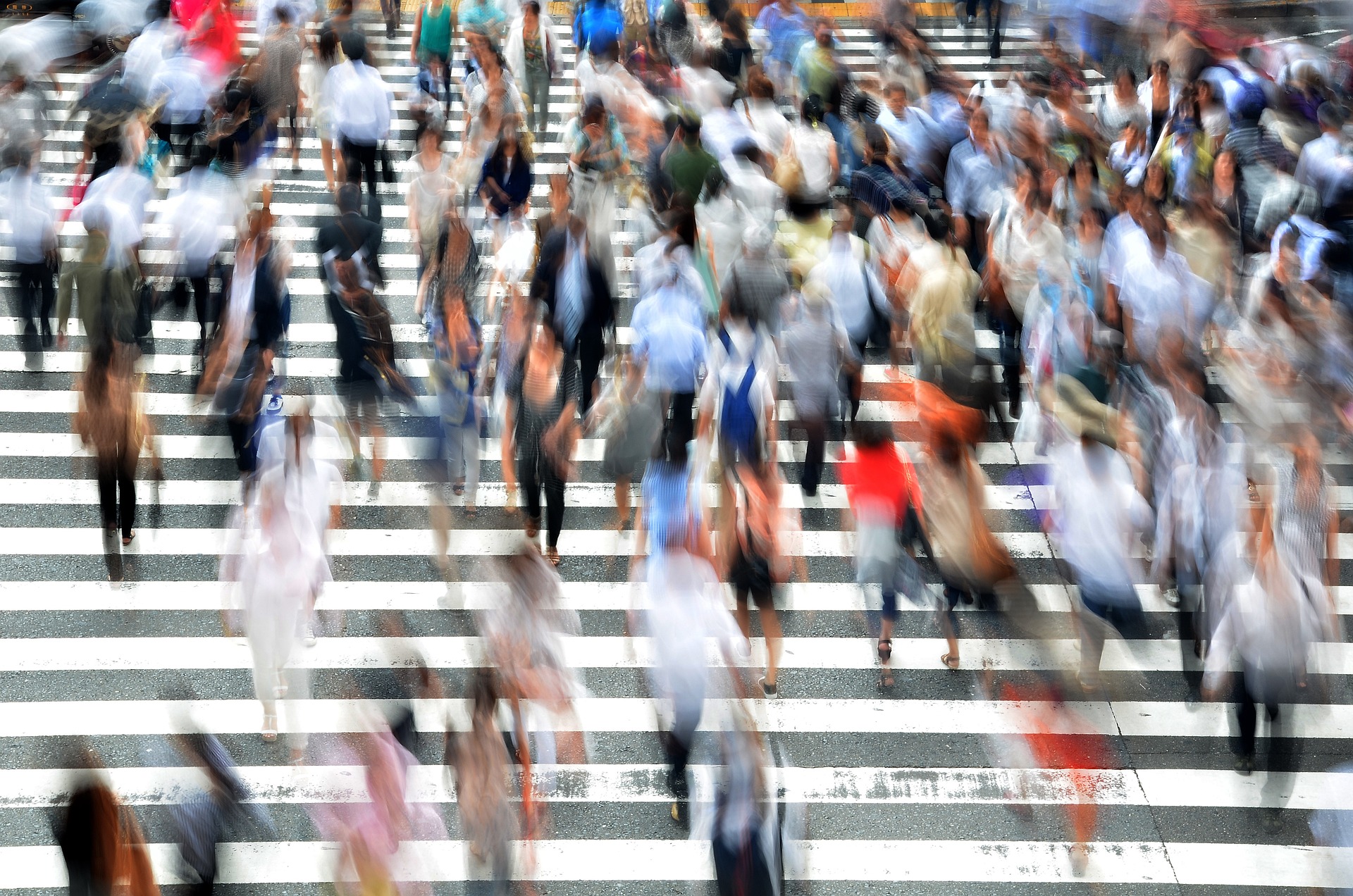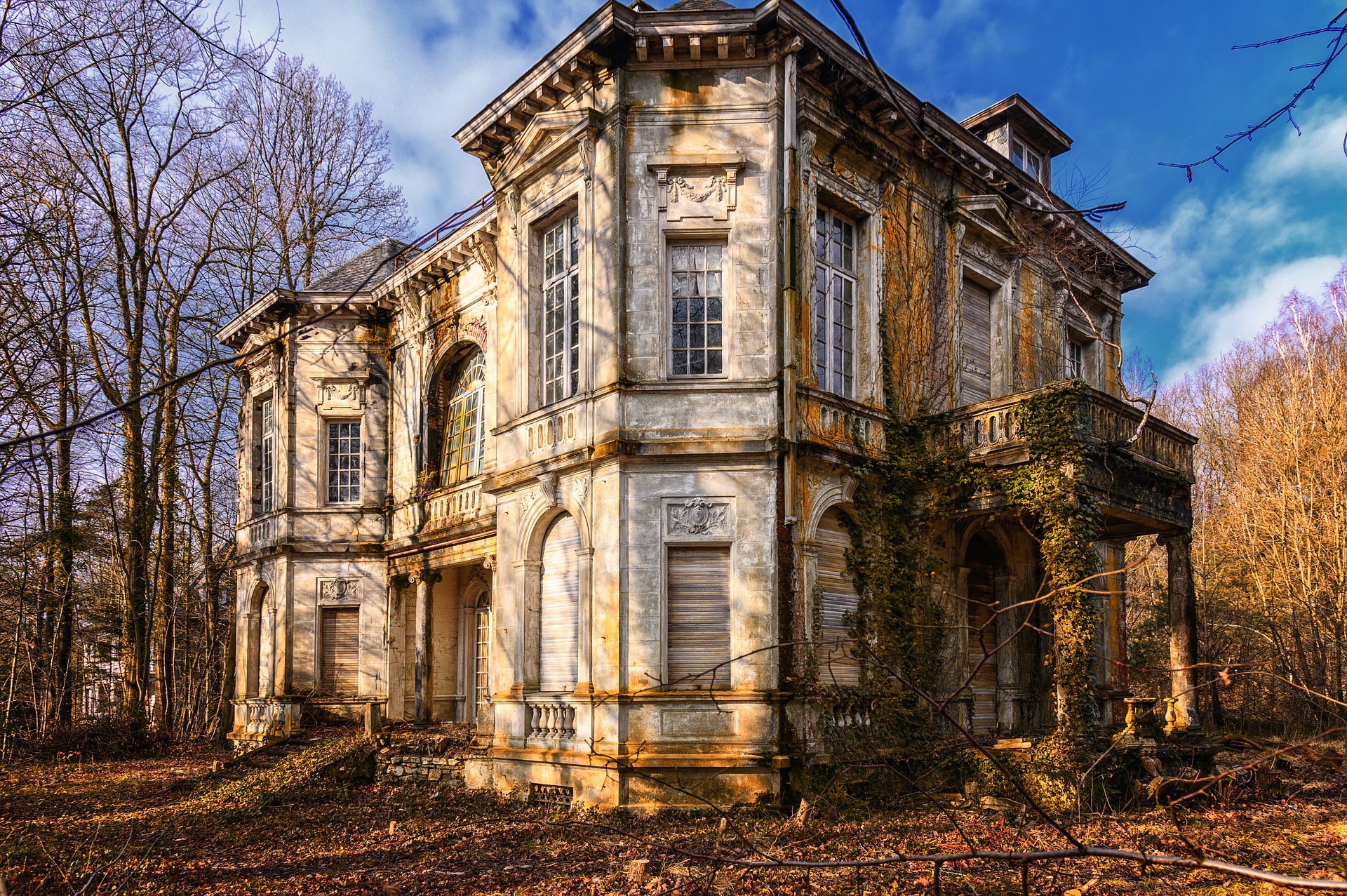Urban Soundscapes: How Cities Are Reshaping Noise Perception
In bustling urban environments, the constant hum of activity shapes our daily lives in ways often unnoticed. From the rhythmic clatter of construction to the melodic chatter of street vendors, urban soundscapes are integral to our sensory experience. Read below to explore how these auditory landscapes are evolving, influencing our perception of noise, and shaping the future of city living.

Understanding Urban Soundscapes
Urban soundscapes encompass all audible elements in a city environment, from traffic and industrial noise to cultural and natural sounds. Unlike rural areas, cities are characterized by a complex blend of sounds that reflect the diversity and dynamism of their inhabitants. These auditory environments are not just background noise but play a crucial role in how we interact with our surroundings and each other.
The Impact of Technological Advancements
Advancements in technology have transformed urban soundscapes in unexpected ways. Noise pollution monitoring systems now track decibel levels across cities, helping urban planners identify and mitigate noise hotspots. Additionally, innovations in sound design are revolutionizing urban architecture, with materials engineered to absorb or deflect noise, enhancing acoustic comfort in public spaces.
Cultural Significance of Urban Noise
Beyond its functional aspects, urban noise holds cultural significance. It serves as a marker of social activity and economic vitality, reflecting the vibrancy of urban life. For instance, the sounds of music festivals or outdoor markets contribute to a city’s identity and attract both residents and tourists seeking authentic cultural experiences.
Psychological Implications of Urban Noise
The psychological impact of urban noise cannot be understated. Studies have shown that prolonged exposure to high levels of noise can lead to stress, sleep disturbances, and even cardiovascular problems. Conversely, pleasant urban sounds, such as birdsong or water features, have a calming effect, promoting well-being and improving mental health outcomes.
Future Trends in Soundscape Design
Looking ahead, urban planners are increasingly prioritizing soundscape design as an integral part of city planning. Concepts like “sonic zoning” aim to create quieter residential areas while preserving vibrant commercial districts. Moreover, the integration of green spaces and urban forests not only enhances biodiversity but also acts as natural sound buffers, mitigating noise pollution and promoting a healthier sonic environment.
Useful Tips and Facts:
- Tips for reducing personal exposure to urban noise:
- Use noise-canceling headphones in noisy environments.
- Designate quiet zones at home for relaxation.
- Advocate for local noise ordinances and participate in community noise reduction efforts.
- Interesting facts about urban soundscapes:
- Cities with extensive public transportation networks often have lower average noise levels due to reduced reliance on private vehicles.
- Certain cities have implemented innovative sound art installations to transform urban noise into cultural attractions.
Conclusion
In conclusion, urban soundscapes are undergoing a transformative shift, influenced by technological advancements, cultural dynamics, and evolving urban planning strategies. By understanding and prioritizing the creation of healthier, more harmonious auditory environments, cities can enhance quality of life for residents and visitors alike. As we continue to navigate the complexities of urban living, the management and design of urban soundscapes will play an increasingly vital role in shaping sustainable and inclusive cities of the future.




